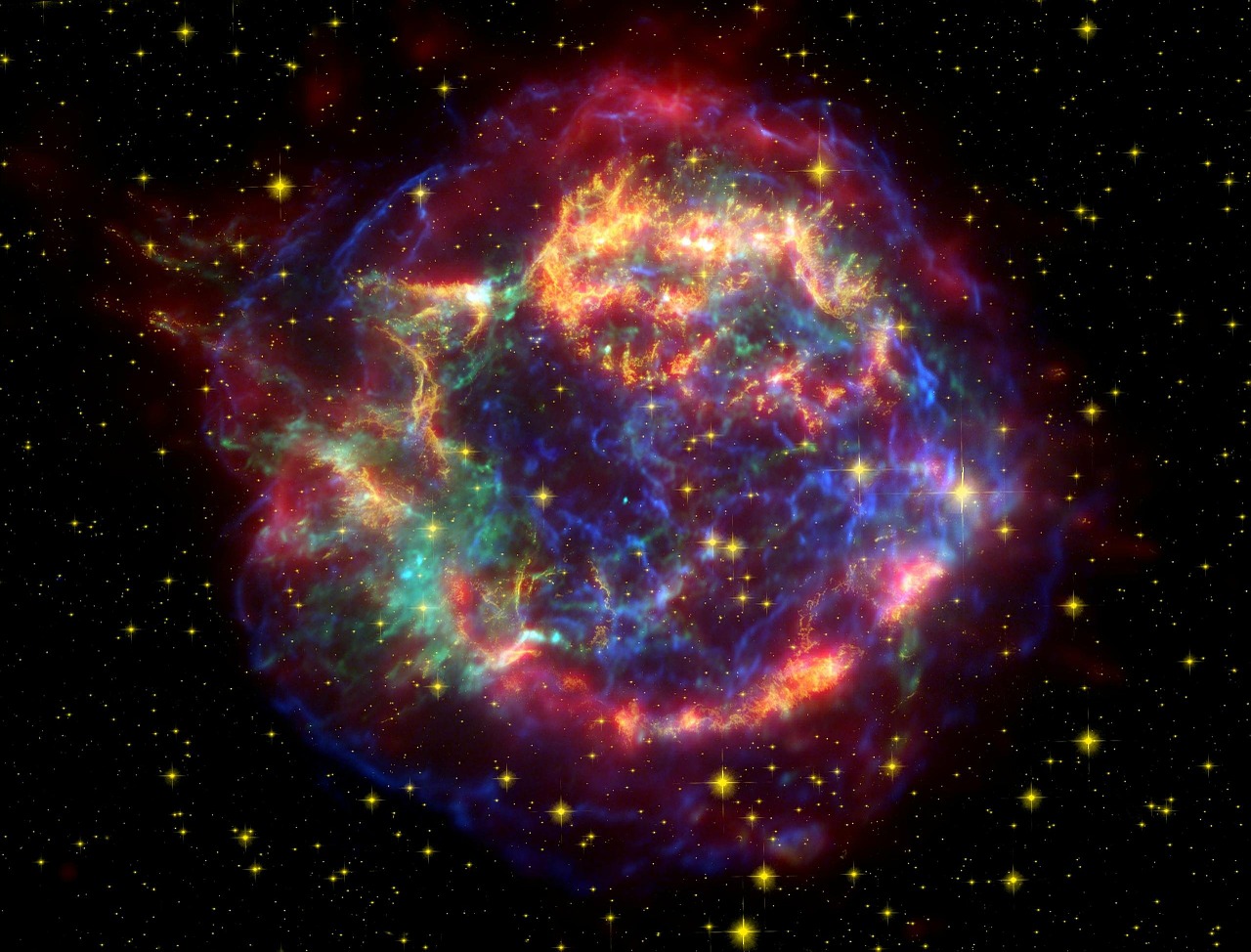Astronomers have witnessed the birth of a supernova with the help of the Kepler Space Telescope, NASA has announced.
The international team of scientists observed the explosion of a giant ageing star resulting in the formation of a supernova and captured the images. The discovery has helped astronomers get closer to understanding the impact these explosions had on shaping the universe as reported in The Daily Mail. The teams findings, which are aimed at helping other scientists understand a star’s life cycle, are scheduled to be published in the Astrophysical Journal.
The explosion is due to the core of a star collapsing producing a high amount of energy in the form of a burst of light that is 130 million times brighter than our sun. It then creates elements like gold and silver commonly found in the universe. Co-author of the upcoming study, Brad Tucker of the Australian National University, explains that the creation of supernovae has always been known in terms of theoretical physics but until now they haven’t been “able to physically examine” them.
The fundamental way we believe that core collapse happens is related to this shockwave happening. So the physics has been around … for decades and we’ve finally now been able to physically examine and test what’s going on
The telescope, which NASA primarily uses to scour the universe of potential distant planets, captured the early signs of the shockwave as two old stars were exploding and it’s the instance of the star blowing up that the scientists are most excited about. According to Discovery News, the shockwave only lasts between a few hours and a few days which is why it’s so rare to see it happening. Dr Tucker says that it was “the definition of luck” that they managed to capture the phenomenon.
They were actually looking at another exploding star and one happened to go right off in the exact patch of sky in the exact moment they were looking at it. It was the definition of luck
Astronomers are singing the praises of the Kepler Space Telescope as it is allowing them to spot rare events like these as they happen.
























